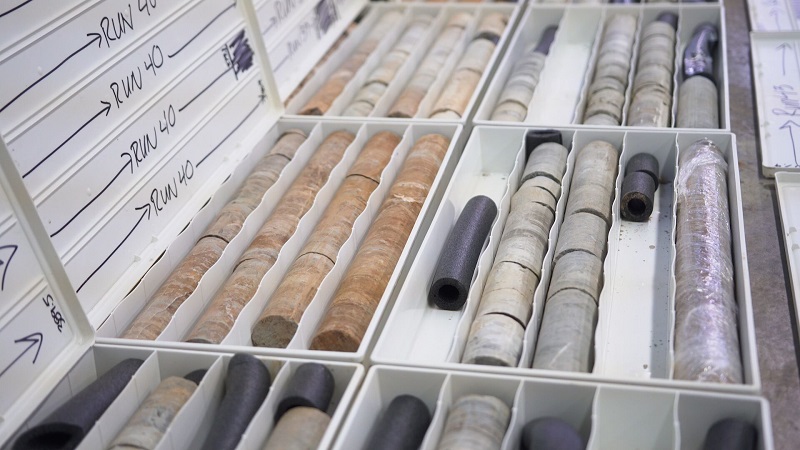They rock it every day

For 57 years, day honors geologists
April 5, 2023
The facts:
- Douglass Houghton, MD, a former physician, is noted as Michigan’s first.
- Approximately 15,000 work throughout the U.S.
- They explore, they analyze and they study the earth, its soils, oceans, lakes, and overall atmosphere.
Well beyond knowing rocks, geologists—such as Dr. Houghton, Michigan’s first state geologist who directed the State Geological Survey—help forecast the weather and study earthquakes, landslides, floods, and volcanoes.
Equally significant, they help determine environmental impacts.
Why it matters
Recognizing the uniqueness of the Straits of Mackinac, Enbridge employs geologists who have a significant role in working with engineers and hydrogeologists to help ensure the continued safe operation of Line 5—including the design of the Great Lakes Tunnel.
Under the direction of a team of geologists, Enbridge in 2019 deployed the Highland Eagle. For several months, operators positioned the 236-foot-long vessel in the Straits, drilling for rock samples in preparation for constructing the Great Lakes Tunnel.
 Core samples from the Straits of Mackinac collected by the Highland Eagle vessel in 2019. These samples were analyzed by geologists to help guide the design of the Great Lakes Tunnel.
Core samples from the Straits of Mackinac collected by the Highland Eagle vessel in 2019. These samples were analyzed by geologists to help guide the design of the Great Lakes Tunnel.
“Planning for construction of the Great Lakes Tunnel takes extensive planning,” said Paul Meneghini, Enbridge’s manager of community engagement for the Great Lakes Region (which includes Michigan, Illinois, Indiana, New York and Ohio).
“The Highland Eagle boat was part of a $40 million geotechnical program and one of the initial and critical steps on our path to building the Great Lakes Tunnel.”
Geologists analyzed the rock samples to help determine the necessary characteristics of the tunnel boring machine (TBM). The TBM will be customized to the geology of the Straits.
“Our geologists our invaluable,” said Meneghini. “As scientists dedicated to studying the earth’s processes and features, they have a unique role in shaping how and where we build the infrastructure that delivers to the region the energy on which it relies.”
The Tunnel will house a replacement section of Line 5, removing the dual pipelines themselves from the water into a concrete tunnel deep below the lakebed of the Straits. The Tunnel would reduce the chances of a release into the Straits to zero and eliminate the possibility of an anchor strike. Having received applicable state environmental permits, Enbridge is prepared to begin construction of the Tunnel once it receives the federal permit.
The first Sunday of every April marks National Geologists Day, first celebrated in 1966.
Want to know more about the Tunnel?
Visit our Great Lakes Tunnel Project landing page.








